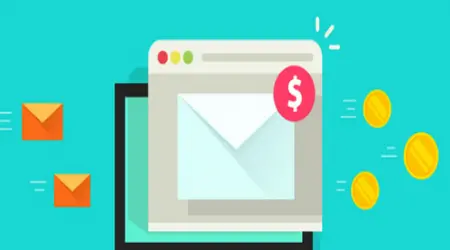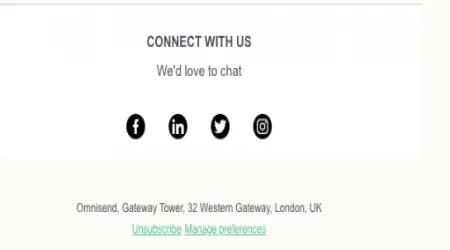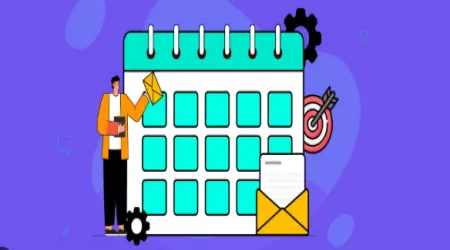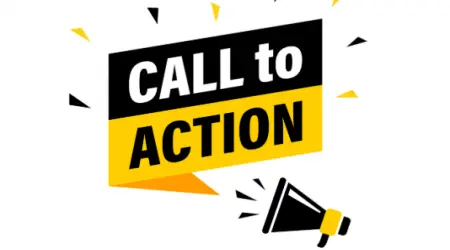

How to Use Surveys to Improve Your Email Marketing Strategy
If you want better results from your email marketing, there's one powerful step you can't afford to skip:
Ask your audience.
Surveys are one of the most underused—but most effective—tools for understanding your subscribers, optimizing your campaigns, and building long-term relationships. With just a few thoughtful questions, you can gather insights that dramatically improve your open rates, clicks, conversions, and retention.
In this article, you’ll learn how to use surveys strategically to fine-tune your email marketing and make data-driven decisions that actually reflect what your subscribers want.
1. Why Use Surveys in Email Marketing?
While analytics tell you what your subscribers are doing, surveys tell you why.
Here’s what surveys help you uncover:
Subscriber preferences and interests
Content and product needs
Satisfaction with your current emails
Pain points, motivations, and objections
Segmentation opportunities for personalization
Best of all, surveys show your audience that you’re listening—building trust and loyalty in the process.
2. What to Ask: Types of Email Surveys
Your survey questions will depend on your goal. Here are some common categories and examples:
a. Demographic or Profile Data
What is your role or profession?
How large is your business or team?
Where are you based?
Use this to segment your list for better targeting.
b. Content Preferences
What topics do you want to learn more about?
How often would you like to receive emails?
What types of content do you prefer (videos, articles, tools)?
Use this to improve content relevance.
c. Product/Service Needs
What’s your biggest challenge right now?
Have you tried [product type] before?
What feature would help you most?
Use this to improve offers and positioning.
d. Feedback on Emails
On a scale of 1–10, how helpful are our emails?
What would make our emails more valuable to you?
What topics should we stop covering?
Use this to refine tone, frequency, and focus.
e. Customer Experience & Satisfaction
How satisfied are you with your experience so far?
Would you recommend us to a friend (NPS)?
How can we improve?
Use this for loyalty, churn reduction, and testimonials.
3. When and Where to Send Surveys
Timing and context are everything.
Here are smart moments to survey your list:
New subscriber onboarding: Ask what they want to learn
After a lead magnet download: Ask what they found helpful
Post-purchase or after a trial: Gather experience feedback
Quarterly check-ins: Get input on new content
At the end of a campaign: See what resonated
During list clean-up: Re-engage cold subscribers with a feedback request
Avoid over-surveying. Once every 1–3 months is plenty.
4. Tools for Creating Email Surveys
You don’t need to build complex forms. Many survey tools integrate directly with your email platform.
Popular options:
Google Forms (simple & free)
Typeform (beautiful UX)
SurveyMonkey
JotForm
MailerLite, ConvertKit, Klaviyo, and others with native poll features
Hotjar for on-site feedback post-click
You can also embed one-click surveys directly in your email using emoji reactions, number ratings, or yes/no links.
5. Survey Best Practices
To get quality data, keep your surveys user-friendly:
Limit to 3–5 questions
Make the first question easy (e.g., multiple choice)
Use logic branching if necessary
Be transparent about how responses will be used
Consider offering an incentive (discount, gift, or shoutout)
Use mobile-friendly design
Always test before sending
Pro tip: Always thank your respondents and share key takeaways if possible. This shows their voice matters.
6. How to Use Survey Data to Improve Your Strategy
Here’s how to turn answers into action:
a. Segmentation
If a survey reveals people are interested in different topics, segment accordingly:
Send “email automation” tips to one group
Send “list-building” tips to another
Segmentation increases relevance and engagement.
b. Content Planning
Use the most selected topics or pain points as inspiration for:
Email series
Webinars
Lead magnets
Courses or products
Build content based on real demand—not guesses.
c. Product Development
Survey results can validate a new product idea or reveal missing features. Use the “voice of the customer” in your sales pages.
d. Copywriting
Analyze survey responses for emotional language and common phrases. These make great subject lines, hooks, and headlines.
Example:
“I just want email marketing to feel simple.”
Use: “Email marketing made simple—finally.”
e. Email Frequency
Let subscribers choose how often they hear from you. This can reduce unsubscribes and improve satisfaction.
7. Examples of Survey-Based Emails
Here are a few templates to model:
a. The “What Do You Want?” Email
Subject: Can I ask you a quick favor?
“We want to make sure every email we send brings you value. What do you want more of? Pick 1–2 topics below.”
[ ] Automation
[ ] Copywriting
[ ] Funnels
[ ] Lead generation
b. The Post-Campaign Feedback Email
Subject: Help us improve your inbox!
“You recently received our 5-day challenge. We’d love to know: What did you love? What can we improve? Your feedback shapes our next steps.”
[Take 30-sec survey]
c. The Quarterly Audience Insights Email
Subject: What’s on your mind lately?
“Every quarter, we check in with our subscribers to find out what challenges you're facing and what resources you need next. It only takes 1 minute!”
[Start survey]
8. What to Do With Low Response Rates
It’s normal for only 5–15% of subscribers to complete a survey. But here’s how to improve:
Use curiosity in the subject line
Ask for a single click response
Add urgency (“Closes Friday”)
Test different send times
Make surveys mobile-first
Offer a small reward for participation
Follow up once with a gentle reminder
Final Thoughts: Let the Audience Lead
Surveys flip the script from guessing to listening. Instead of assuming what your subscribers want, you simply ask—and then deliver.
They show your subscribers that you respect their time, voice, and needs. In return, you get data that guides your strategy, improves results, and reduces churn.
Email marketing works best when it’s a two-way conversation. Surveys are how you keep that conversation real, relevant, and respectful.




